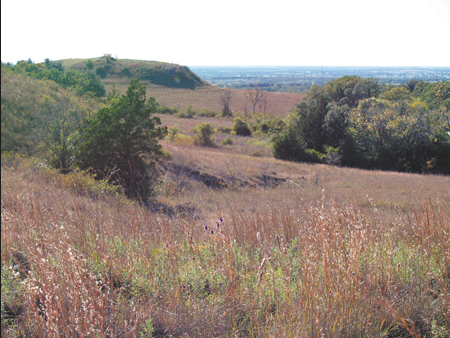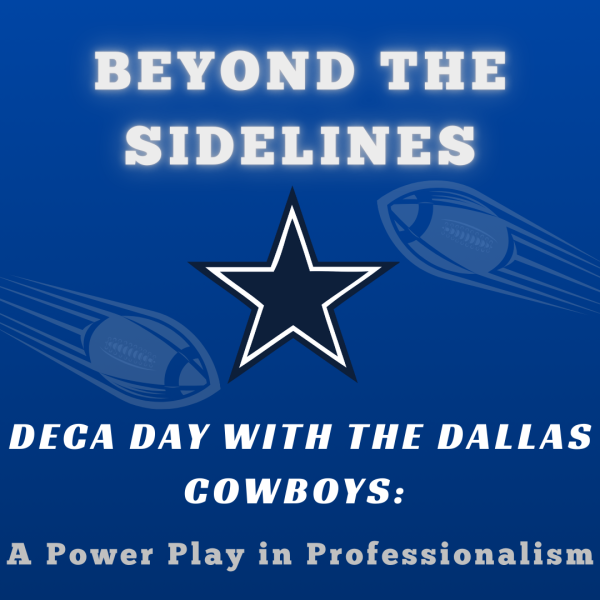FENCES 2019: SOLDIERING THROUGH
“Not for the faint of heart” takes on a whole new meaning

Ah, FENCES. For those few reading who don’t know what FENCES is, I think it would be best described as historical roleplay with a unique twist, hosted by Mr. Hamrick, a teacher here at iUP. What is this unique twist? It’s that the participants are kids–kids here at iUniversity Prep. Thus, as a child you are not entitled to your right to “property”–you’re not going to bring your phone along with you to a historical reenactment. Full immersion means, well, full immersion–especially with Mr. Hamrick, the mastermind behind it all.
Hamrick has put on a lot of interesting FENCES projects over the last few years, including the Titanic and the Cuban Missile Crisis, but I am going to venture that the recent FENCES was the most physically grueling of them all. I say that because, a week after the project, I am still sore. Now, you obviously have no idea of my physical aptitude, and I’ll admit that my primary form of exercise is tapping my foot at my standing desk. But you’ll have to take my word for it.
This year’s project took place at the Lyndon B. Johnson National Grasslands in Decatur, Texas; fortunately, I happen to live the closest there of any iUP student (as far as I know). Still, the drive was intense–I’m talking potholes, baby, potholes. This foreshadowed the intensity of the event itself. Upon arriving at the park, we students quickly gathered around at a pavilion to hear our mission.
Here’s a short take of what we were meant to reenact. Early in the Revolutionary War, Washington’s army assumed a strategic position “on top” of Boston, trapping the numerous “redcoats” infesting the famous city. They had, however, a serious problems: a lack of cannon. This lack meant that the British could simply sail away at ease, army unharmed. So, Washington sent a team of rugged men lead by General Henry Knox to bring back cannons from Fort Ticonderoga, a recently-captured armaments stronghold located in northern New York, all the way down to Boston. If you need a little geographic enlightenment, that’s a long distance. Like, 300 miles long. And we, of course, were Knox’s army–albeit with a slight demographic alteration.
1776–this year’s FENCES “date”–was undoubtedly NOT characterized by high-efficiency thermal sleeping bags and pop-up tents, but Hamrick had mercy on us and let us forego the disreputable canvas tent revolutionary soldiers likely used. I looked a little weird carrying a tent, a bag full of stuff, and a sleeping bag, but all these supplies turned out to be very useful in the end. After assembling into our respective militias (Connecticut and Massachusetts; I was a Connecticuter, long live Yale), we headed off into the wilderness, two cannon (one for each militia) in tow. Fortunately for us, camp Hamrick was “only” five miles away, so we didn’t have to cover as much ground as Knox’s regiment would have covered in one day.
Mud, alas, proved our greatest detriment. The cannons were heavy (though probably not as heavy as the real things were) and were continually getting stuck in the mud. Even worse, wheels were falling off! On top of these struggles, we had to add in learning how to properly manage a gun, while deriving sustenance from cheese and hardtack (a type of hard, thick cracker; unfortunately for Hamrick’s love of historical realism, the wonderful lady who made the hardtack [Mrs. Alsobrook] made it quite delicious). Needless to say, it was a struggle to make it to camp. And, of course, it was not without inter-and-intra-militia rivalry and bitterness. These struggles, of course, were all predetermined by the great Hamrick–they mimicked the same struggles the real colonists underwent!
Upon reaching the camp, we all set up our tents and had a delicious meal of stew and bread (again to Mr. Hamrick’s detriment, the food was delicious). Then, Mr. Hamrick let us “break role” and converse with fellow students about real-world occurrences (the first time for me to do so at this school). Then, it was off to bed! Just to give you an idea of how hard it was to sleep out there in the bitter weather (at-and-below freezing temperatures), I couldn’t sleep until 3:30, although that was probably bad planning on my part (tip: don’t bring a tent way too small for you and set it up over protruding rocks). In morning, we had a delicious, albeit small, meal, did some training, and headed off on the final stretch of the journey. We reached “Boston” by late morning, participated in a debriefing session, and all participating in enjoying delicious modern frankenfood (hot dogs and chips).
I purposely kept the recounting of hardships at a minimum to spare your mental ears painful monotony, but I will say that nobody that participated in this event is not still sore. As such, I can’t even begin to imagine what the actual revolutionary soldiers felt like, hauling cannon day after day without break. And that, of course, is the real beauty of FENCES. I’ll be the first to admit that I’m a pretty spoiled kid: I do school every day in a spacious, air-conditioned room, fueled by whatever delicious food happens to be at my disposal. But I likely wouldn’t be able to have this immense luxury if the soldiers way back in 1776 hadn’t endured terrible pain for the sake of freedom. You know what they say: “No pain, no gain.” In no subject is this mantra more important than in history. Even undergoing an iota of what those before you had to suffer through is enough to get you to appreciate their struggle all the more.
When asked if I would participate in FENCES next year, I, of course, said yes (previously I would have never participated in an event like this; it was mainly the proximity of this year’s project to my house that compelled me to go). I said yes for the reasons mentioned above, but also because of one key word I heard about next year’s project: NASA.
I’ll let you do the guessing.






